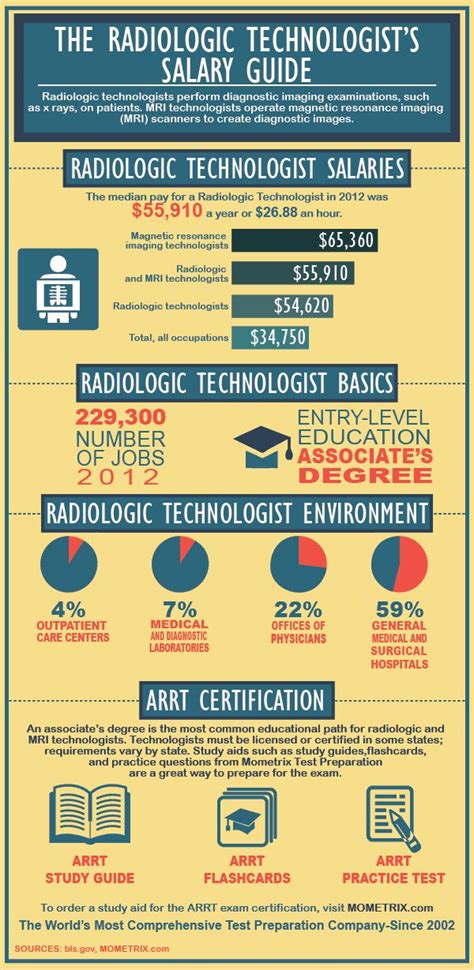Paying for Radiology School: Strategies & Tips
Radiology is a highly competitive and rewarding field, but the path to becoming a radiologist is long and expensive. The cost of radiology school, including undergraduate education, medical school, residency, and potentially fellowships, can easily exceed hundreds of thousands of dollars. This comprehensive guide explores various strategies and tips to help you navigate the financial complexities of pursuing a career in radiology.
How Much Does Radiology School Cost?
The total cost of becoming a radiologist is significant and varies depending on several factors:
- Undergraduate Education: Four years of undergraduate study, often focused on science prerequisites, will incur tuition fees, room and board, books, and other expenses.
- Medical School: Medical school tuition is notoriously high, and four years of medical education represent a substantial financial investment. Costs vary significantly depending on the institution—public vs. private—and location.
- Residency: A four-year radiology residency is a crucial step, typically offering a small stipend, but not enough to cover all living expenses.
- Fellowships (Optional): Specializing further with a fellowship (e.g., neuroradiology, interventional radiology) adds another year or two of training and potentially additional expenses.
While precise figures are difficult to state universally, expect a total cost exceeding $300,000 to $500,000, or even more depending on your individual circumstances.
Strategies for Paying for Radiology School
Fortunately, several strategies can help mitigate the financial burden:
1. Scholarships and Grants
- Merit-based Scholarships: Many organizations offer scholarships based on academic achievement, leadership qualities, and community involvement. Explore scholarships specifically for pre-med students and those interested in radiology.
- Need-based Grants: Federal and institutional grants are available based on financial need. The Free Application for Federal Student Aid (FAFSA) is your starting point for accessing these opportunities.
- Radiology-Specific Scholarships: Several professional organizations, such as the American College of Radiology (ACR), may offer scholarships targeted at aspiring radiologists. Regularly check their websites for updates.
2. Loans
- Federal Student Loans: Federal student loans offer several advantages, including lower interest rates and flexible repayment options. Understand the different loan types (subsidized vs. unsubsidized) and their implications.
- Private Student Loans: Private lenders offer student loans, but their interest rates are often higher. Carefully compare terms and conditions before borrowing.
- Medical School Loan Repayment Programs: Explore potential programs that provide assistance with loan repayment once you start your radiology practice.
3. Working During School
- Part-time Jobs: Juggling part-time work with studies can help reduce your reliance on loans. However, prioritize your academic performance to maintain good grades, crucial for securing scholarships and future success.
- Summer Jobs: Summer employment provides an excellent opportunity to earn money without interrupting your studies during the academic year.
4. Financial Planning and Budgeting
- Create a Detailed Budget: Carefully track your expenses to identify areas where you can save money.
- Start Saving Early: Begin saving for your education as early as possible to reduce your reliance on loans.
- Explore Budgeting Apps: Utilize budgeting apps to help monitor and manage your finances effectively.
Frequently Asked Questions (FAQs)
What is the average salary of a radiologist? The average salary of a radiologist is substantial, which helps offset the cost of education. However, it's crucial to consider the long-term debt and repayment before beginning your education. Actual salaries can vary greatly based on location, experience, and specialization.
Can I work part-time during residency? The demands of a radiology residency are intense, and opportunities for significant part-time work are limited. Focus on excelling in your training during this critical period.
How do I find scholarships for radiology? Search online databases dedicated to scholarships, check the websites of professional radiology organizations (like the ACR), and explore opportunities offered by your undergraduate and medical schools.
What are the repayment options for medical school loans? Federal student loans offer various repayment plans, such as graduated repayment, extended repayment, and income-driven repayment plans. Private loan repayment options depend on your lender.
Is it worth the cost of radiology school? The high cost of radiology school is undeniable. However, the potential for a high-earning, intellectually stimulating, and impactful career often makes the investment worthwhile for many. Carefully weigh the financial implications and plan accordingly.
This comprehensive guide offers a starting point for navigating the financial aspects of pursuing radiology. Remember to research thoroughly, plan carefully, and seek guidance from financial advisors specializing in student loan repayment and medical professional financing. The path is challenging, but with diligent preparation and smart financial strategies, your dream of becoming a radiologist can become a reality.

